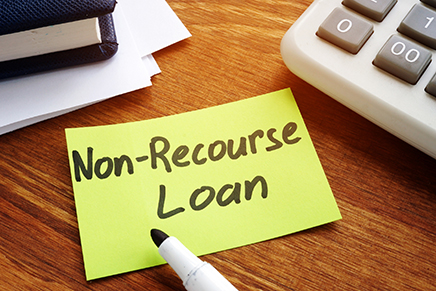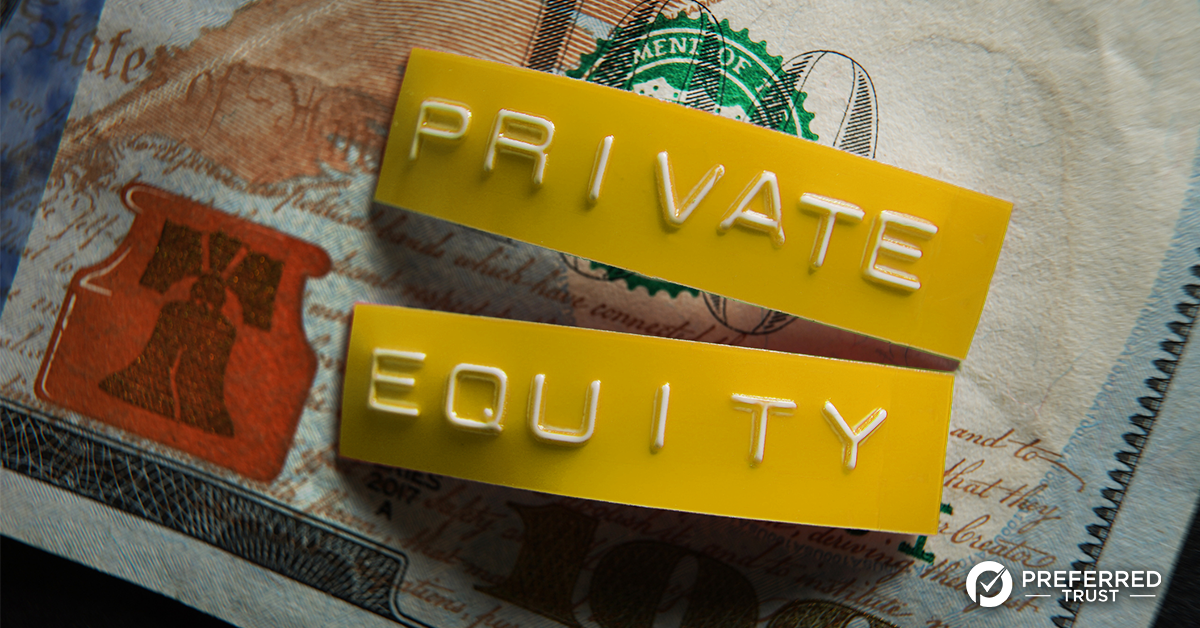Navigating Investment Risks in Self-Directed IRAs: How to Mitigate Risk and Strengthen Your Retirement Strategy
Self-directed IRAs give you the freedom to invest in a wide range of alternative assets, from real estate to private lending that traditional retirement accounts do not. With that flexibility comes the responsibility of understanding and managing a unique set of investment risks.
Rather than seeing these risks as reasons to avoid self-directed IRAs, they should be viewed as essential factors in building a smarter and more resilient retirement plan. From compliance considerations to asset liquidity and fraud prevention, thoughtful risk management can help you make the most of your IRA’s potential.
This article breaks down the key risks and offers clear, practical strategies to help you mitigate them so you can invest with greater confidence and long-term security.
IRA Investment Risk Management: Compliance Pitfalls and Prohibited Transactions
One of the key responsibilities when managing a self-directed IRA is staying compliant with IRS rules. The good news? With the right custodian and a basic understanding of the guidelines, this is manageable. Broader investment options, like real estate, private lending, or startups, require added awareness, but they also offer powerful opportunities for diversification and growth.
A knowledgeable custodian, like Preferred Trust, plays a crucial role in helping investors avoid prohibited transactions by flagging potential compliance issues before they happen. One of the most common mistakes is self-dealing, which occurs when an IRA owner uses the account for personal benefit, such as purchasing a property they plan to live in or borrowing money from their own IRA. These actions can lead to tax penalties and disqualification of the account.
While custodians cannot provide investment advice, they can be your first line of defense in ensuring administrative compliance. When paired with expert tax or legal guidance, investors can confidently navigate the rules and unlock the full potential of their self-directed IRA.
Navigating Illiquid Assets in Your Self-Directed IRA
Many assets held in self-directed IRAs, like real estate and precious metals, are long-term plays, which means they aren’t always easily liquidated. This illiquidity can put you in a tough spot if you suddenly need cash, whether it's for an emergency or to cover your Required Minimum Distributions (RMDs). That’s why smart investors build in a balance between long-term growth opportunities and liquid, stable assets.
Keeping some cash or liquid investments on hand, especially for Required Minimum Distributions (RMDs) if you're of distribution age, ensures you have flexibility without needing to touch your longer-term holdings. It's all about strategic allocation, not avoidance.
Fraud and Oversight: A Key Element of Investment Risk Management
While traditional investments are typically overseen by large institutions, self-directed IRA investors have the unique opportunity and responsibility to conduct their own due diligence. That autonomy can be incredibly empowering when paired with sound judgment and the right tools.
Because custodians do not evaluate or endorse the legitimacy of investments, taking the time to verify the details of an offering is an essential part of the process. This is especially important when it comes to avoiding fraud, which can sometimes be disguised as high-return opportunities in the alternative investment space.
Fortunately, mitigating this risk is entirely within your control. Background checks on the individuals or firms involved, reviewing audited financials, verifying business licenses, and seeking input from experienced professionals, such as advisors, attorneys, or CPAs, can help ensure the investment is legitimate and aligned with your goals. With the right due diligence, you can feel more confident and protected while still taking advantage of the broader opportunities self-directed IRAs offer.
Market Volatility and Long-Term Perspective
Self-directed IRAs hold non-traditional assets that are less correlated with public markets, but that doesn’t mean they’re immune to volatility. Real estate markets shift, private companies fail, and the value precious metals fluctuates. These changes can impact both short-term value and long-term performance.
A diversified approach is your best bet for reducing these risks. Think about balancing your real estate holdings with things like private lending or precious metals. This can help hedge against downturns in any single asset class. It's also key to adopting a long-term mindset. Short-term fluctuations are inevitable; what really delivers results over decades is patience and strategic planning.
The Value of Professional Support
While self-directed IRAs offer exceptional flexibility, managing their inherent risks often requires more than just your own expertise. This is where professional support becomes invaluable. Your custodian handles the administrative heavy lifting, but they don't provide advice or validate your investments. For that, you'll want to rely on a team of trusted professionals.
Think of advisors, CPAs, and attorneys as your personal risk mitigation team. They can offer crucial guidance on investment selection, ensure you remain compliant with complex IRS regulations, and help optimize your tax strategies. Leaning on their specialized knowledge can significantly reduce your exposure to common pitfalls and help you navigate the complexities of alternative investments within your IRA.
Conclusion: Empower Your Retirement, Mitigate Your Risk
Self-directed IRAs truly provide a compelling path to diversify and potentially accelerate the growth of your retirement savings. However, realizing this potential and safeguarding your hard-earned wealth hinges on smart planning and proactive risk management.
As we've explored, this means a diligent commitment to understanding and adhering to IRS rules, meticulously avoiding prohibited transactions, exercising extreme caution against the ever-present threat of fraud, and ensuring sufficient liquidity, particularly for RMDs, through accessible and stable assets.
A well-defined strategy, combined with the indispensable guidance of trusted financial, tax, and legal professionals, your self-directed IRA can be both a flexible and secure cornerstone of your retirement plan, delivering robust returns while effectively minimizing inherent risks.




